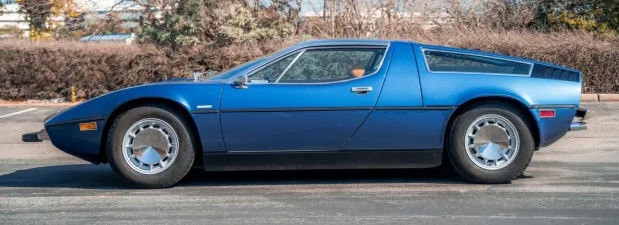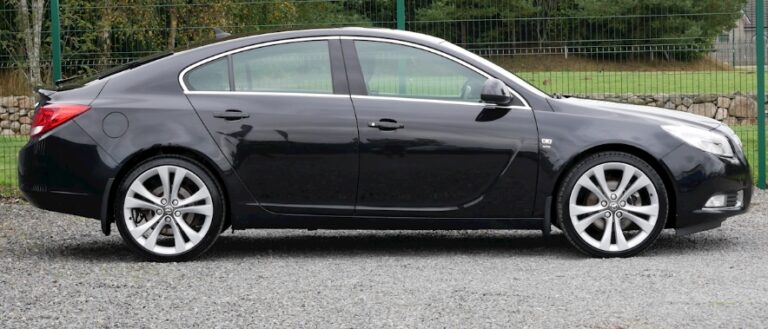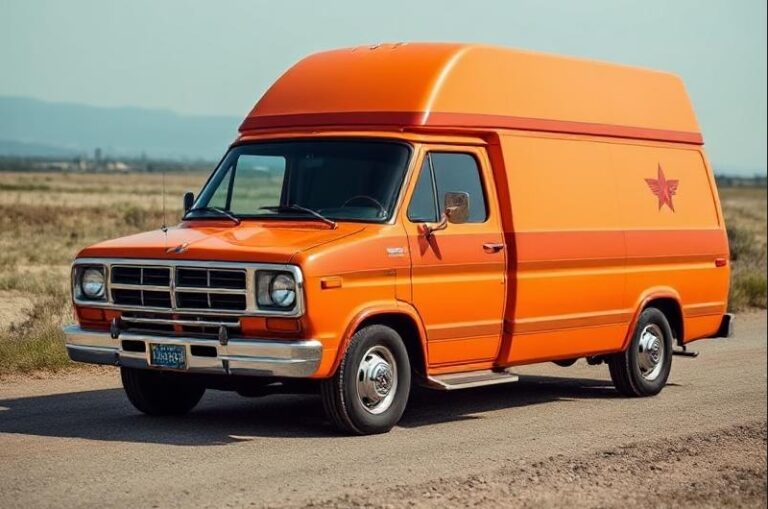The Evolution of the Maserati Bora
The Maserati Bora stands as one of the most iconic and revolutionary models in the history of the Italian automaker Maserati. Introduced during a period of innovation and rapid development in the automotive industry, the Bora exemplified the brand’s commitment to combining high performance, Italian design, and technological innovation. This article provides a detailed overview of the Maserati Bora’s evolution, including its production years, models, and trim levels offered throughout its lifespan.
Origins and Development (Late 1960s)
The late 1960s was a transformative period for Maserati. After establishing a reputation with grand touring cars and racing successes, Maserati aimed to develop a flagship model that would compete with the best in the world — a true supercar that balanced performance, comfort, and technological sophistication. This vision materialized with the development of the Maserati Bora.
Design and Concept (1968-1971):
The Bora was first unveiled at the Turin Motor Show in 1971. Designed by the renowned Giorgetto Giugiaro at Italdesign, the Bora’s design was revolutionary, featuring a sleek, wedge-shaped profile, pop-up headlights, and a mid-engine layout that was relatively unconventional at the time for a production car. The design emphasized aerodynamics and a low, aggressive stance.
The name “Bora” pays homage to the cold, northern Italian wind, consistent with Maserati’s tradition of naming cars after winds or celestial bodies.
Production Years and Model Overview (1971-1978)
Production Duration:
Maserati produced the Bora from 1971 until 1978. During this period, the model underwent several updates and variants, but the core design remained largely unchanged.
Total Units Produced:
Approximately 576 units of the Maserati Bora were manufactured over its seven-year production run, making it a rare collector’s item today.
First Generation (1971-1978)
Base Model: Maserati Bora (1971-1978)
The original Bora featured:
- Engine: A 4.7-liter (4700 cc) V8 engine, producing around 310 horsepower.
- Performance: 0-60 mph in approximately 5.4 seconds; top speed of about 177 mph (285 km/h), making it one of the fastest cars of its era.
- Transmission: 5-speed ZF manual gearbox.
- Chassis: Aluminum body panels on a steel chassis, contributing to a dry weight of approximately 1,300 kg (2,866 lbs).
Notable Features:
- Mid-mounted engine for optimal weight distribution.
- Unique glass hatchback that provided access to the rear luggage area.
- Advanced suspension setup, including independent coil spring suspension at all four corners.
- Power-assisted disc brakes at all four wheels.
Evolution and Variants
Throughout its production, the Maserati Bora received several updates and special editions, although the core model remained consistent.
1974: Introduction of the Maserati Bora 4.9
In 1974, Maserati introduced a significant upgrade to the Bora lineup:
- Engine: The original 4.7-liter V8 was replaced with a larger 4.9-liter (4910 cc) V8.
- Power Output: Increased to approximately 330 horsepower.
- Performance: Improved acceleration and top speed, with the vehicle capable of reaching 0-60 mph in under 5.2 seconds and a top speed nearing 180 mph.
- Chassis and Body: No major changes; however, the update marked a significant performance enhancement.
This model is often referred to as the “Bora 4.9,” and it remains the most sought-after variant among enthusiasts.
Special Editions and Trim Levels:
While the Bora was primarily available as a single trim with different engine options, there were some notable customization options and special editions:
- Bora SS (Super Sport): Although not officially branded as such, some owners and tuners created “Super Sport” versions by modifying the engine, suspension, and interior for enhanced performance.
- Bora Spyder (Convertible): A very limited number of open-top variants were produced, primarily as custom projects or prototypes, given the structural limitations of the coupe’s design.
- Customization Options: Customers could opt for bespoke interior trims, unique paint finishes, and specialized wheel designs, often through Maserati’s personalized “Q” division.
.
Electrical issues plaguing your hot rod?
Redo electric wiring in muscle car
.
Technological and Design Features
The Bora was ahead of its time in several respects:
- Engine Design: The V8 engine was designed with a lightweight alloy block, dual overhead camshafts, and twin Weber carburetors (later replaced by fuel injection in some models), ensuring high performance and reliability.
- Aerodynamics: The wedge-shaped profile and rear hatch contributed to excellent aerodynamic efficiency.
- Interior: Luxurious interior with leather upholstery, wood trim, and advanced instrumentation for its time.
- Handling: The mid-engine layout provided exceptional handling characteristics, with balanced weight distribution.
End of Production and Legacy
The Maserati Bora was discontinued in 1978, coinciding with Maserati’s financial struggles and changes in ownership. Despite its relatively short production run, the Bora left a lasting legacy:
- It was one of the first mid-engine supercars produced by an Italian manufacturer.
- It combined Italian styling with advanced engineering.
- Its rarity and exclusivity have made it a highly coveted collector’s item.
The Maserati Bora Today
Today, the Maserati Bora is highly prized among collectors and enthusiasts. Its rarity, combined with its groundbreaking design and performance, ensures it remains one of the most admired classic supercars from Italy.
Summary
| Year | Model/Variant | Engine | Power (hp) | Notable Features |
|---|---|---|---|---|
| 1971-1974 | Maserati Bora | 4.7L V8 | 310 | Original release, classic wedge design |
| 1974-1978 | Maserati Bora 4.9 | 4.9L V8 | 330 | Larger engine, improved performance |
| 1970s | Special Editions/Customs | Various (including SS, Spyder) | N/A | Custom interiors, bespoke modifications |
Conclusion
The Maserati Bora remains an enduring symbol of Italian automotive engineering and design excellence. Its evolution from the initial 4.7-liter model to the more powerful 4.9-liter variant exemplifies Maserati’s commitment to performance and innovation during the 1970s. Despite its limited production, the Bora’s influence persists, inspiring modern supercars and maintaining a revered status among collectors worldwide.
Note: Due to the limited production run and the exclusive nature of the Maserati Bora, detailed records of all trim levels and special editions are scarce. Most variations were centered around engine upgrades and bespoke customization options offered to discerning clients.







